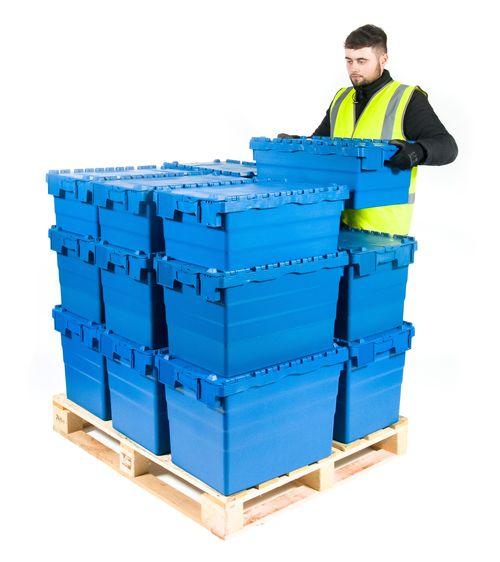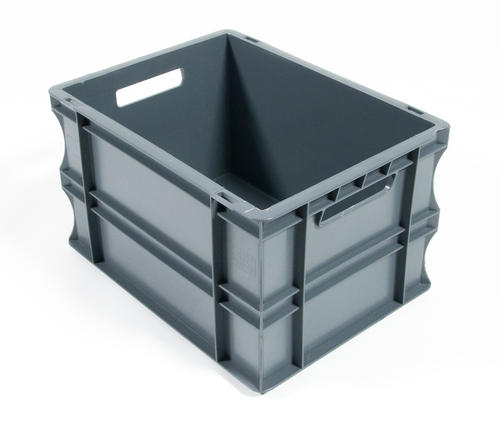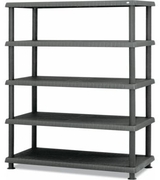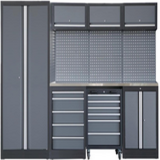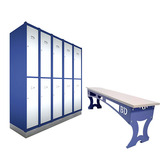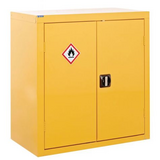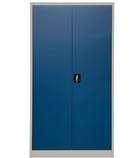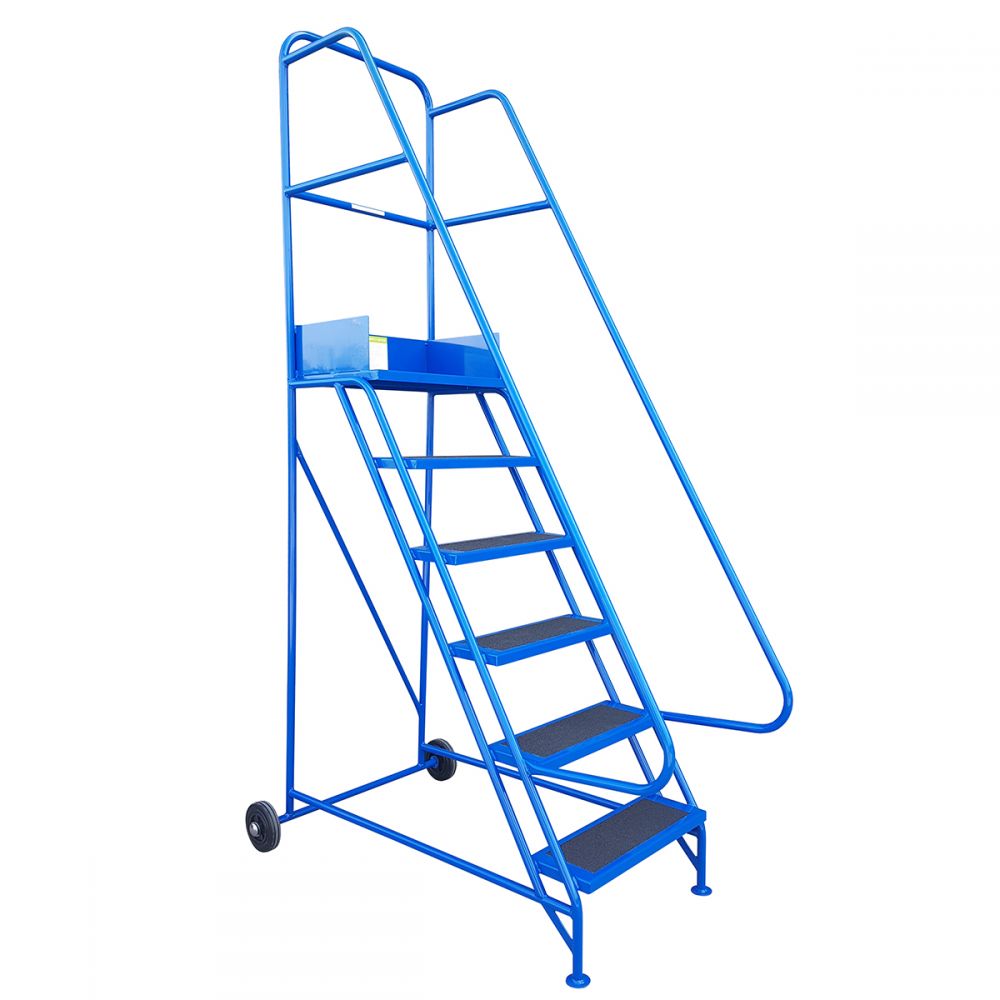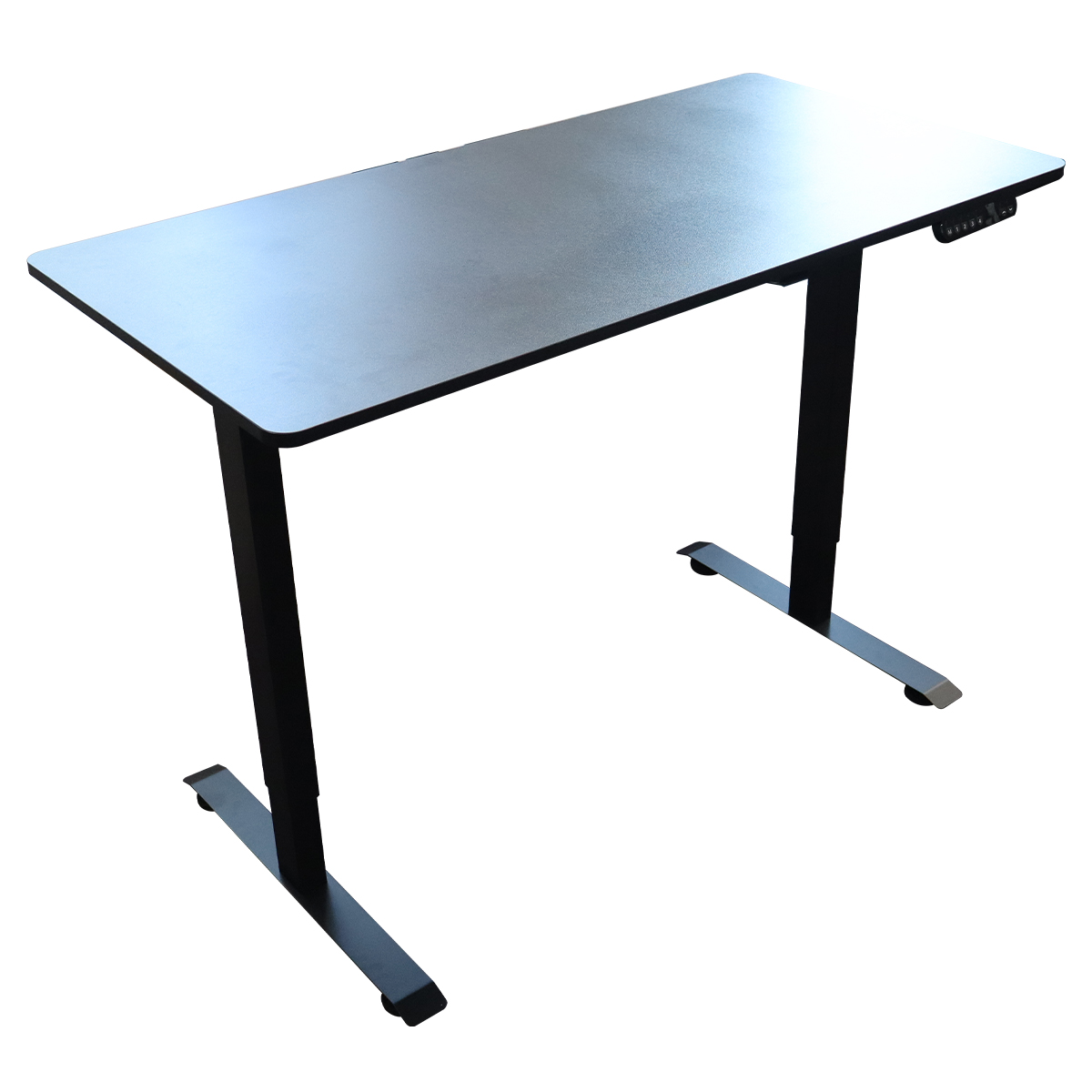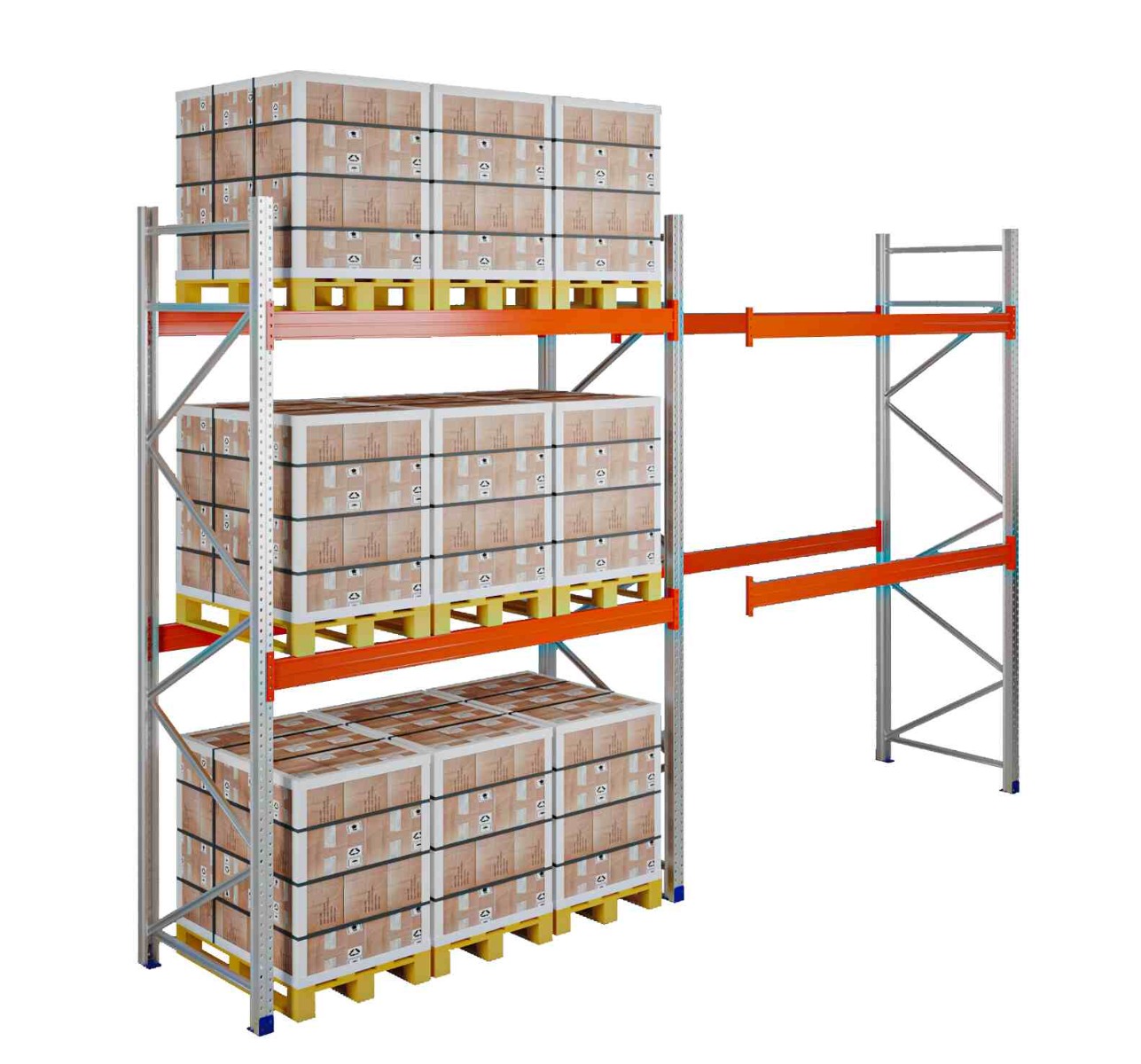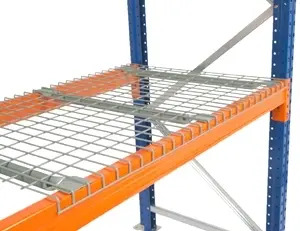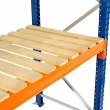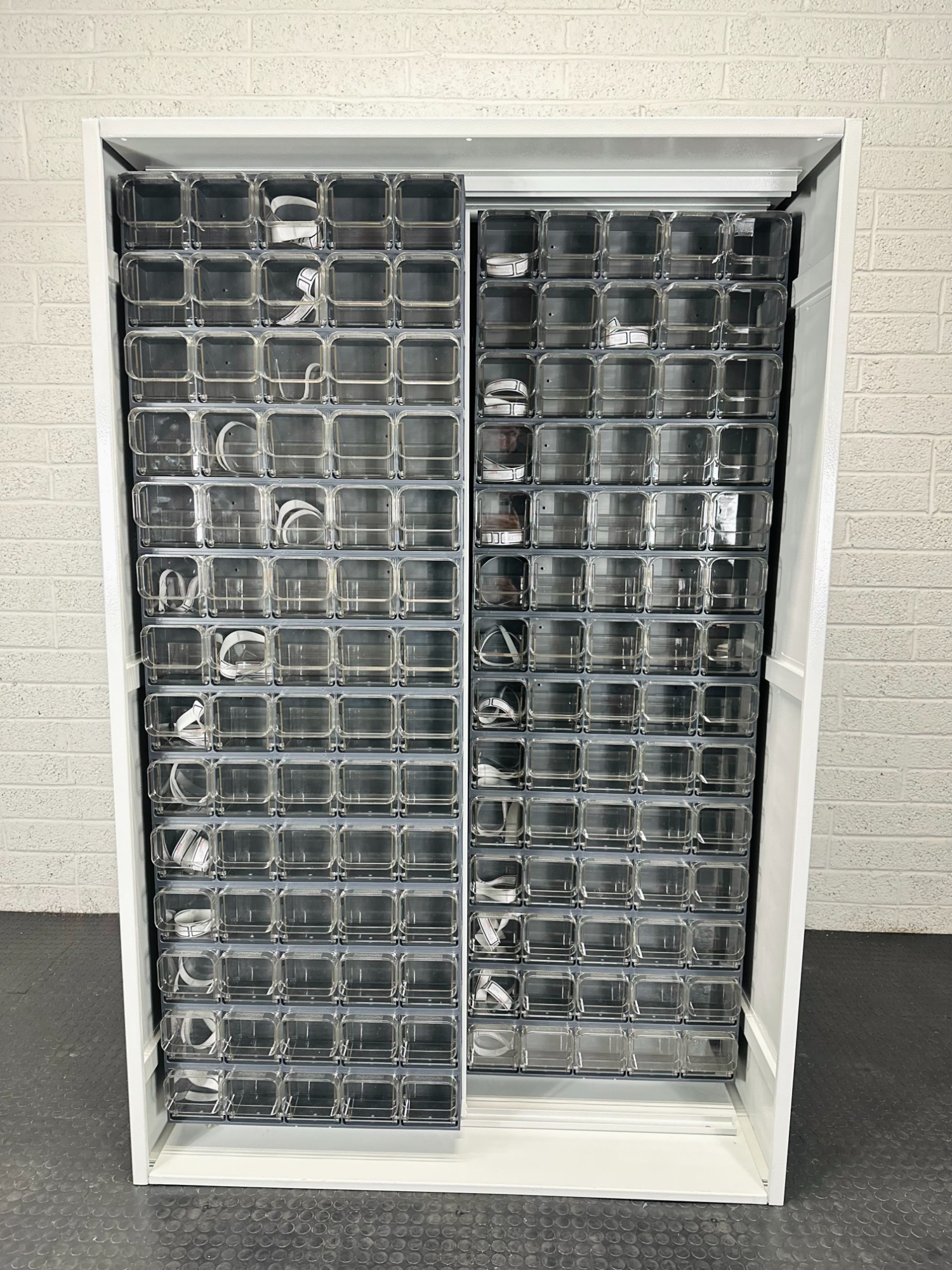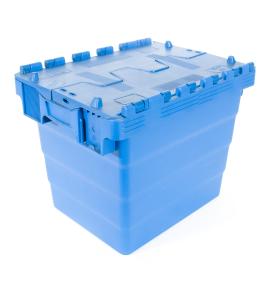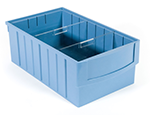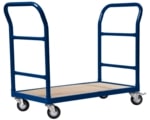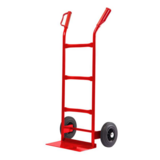Pallet Racking Safety Guide: Essential Practices for Warehouse Efficiency
Pallet racking systems are essential for efficient warehouse storage but come with risks. Proper safety measures are crucial to protect workers and goods.
Pallet racking safety involves careful design, installation and ongoing maintenance to prevent accidents and ensure a secure work environment.
Warehouses rely on pallet racking to maximise storage space and organise inventory. These tall structures support heavy loads, making safety a top priority.
Every step matters in creating a safe storage area, from choosing the right system to training staff.
A comprehensive safety guide helps warehouse managers and workers understand best practices. It covers critical topics like load capacity, proper stacking techniques, and regular inspections.
Understanding pallet racking safety
Pallet racking safety is crucial for maintaining a secure warehouse environment. Proper practices protect workers and goods while ensuring efficient operations.
Fundamentals of racking safety
Pallet racking systems must be designed and installed correctly to ensure safety. Regular inspections are crucial to spotting damage or wear.
Check for bent or dented uprights, damaged beams and loose connections.
Load capacity is vital. Never exceed the maximum weight limit for each rack level or bay. Proper load distribution prevents overloading and instability.
Adequate lighting and clear aisles are essential. Keep pathways free of obstacles to reduce collision risks.
Train staff on safe forklift operation and proper loading techniques.
Safety standards and guidelines
European standard EN 15512 outlines requirements for steel static storage systems. It addresses the design, testing and structural analysis of pallet racks.
Regular risk assessments help identify potential hazards. Create a safety checklist for daily inspections. This should cover rack alignment, load placement and damage checks.
Implement a colour-coded system to mark rack conditions. Use green for safe, amber for minor issues, and red for serious damage requiring immediate action.
Design and manufacture of racking systems
Proper design and manufacturing of pallet racking systems are crucial for warehouse safety and efficiency. These processes involve careful planning, engineering and adherence to industry standards.
Importance of racking design
Racking design plays a vital role in warehouse safety and productivity. A well-designed system maximises storage capacity whilst ensuring safe access to goods.
Critical factors in racking design include:
- load capacity requirements
- pallet sizes and weights
- forklift specifications
- building dimensions and floor load limits
Pallet racking safety guidelines stress the importance of considering these factors to prevent accidents and optimise space utilisation. Designers must also account for seismic activity, sprinkler systems, and lighting placement.
Structural analysis and integrity
Structural analysis ensures racking systems can safely support intended loads. Engineers use computer modelling and calculations to assess:
- beam and upright strength
- connection stability
- floor anchoring requirements
- load distribution
Regular maintenance is essential to maintain structural integrity over time. This includes inspecting for damage, tightening connections and replacing worn components.
Manufacturers must use high-quality materials and precision fabrication techniques to ensure racking components meet design specifications.
Compliance with standards
Racking systems must comply with industry standards to ensure safety and reliability. Key standards include:
- European Code EN 15512
- SEMA Design Codes (UK)
- ANSI MH16.1 (USA)
These standards provide guidelines for:
- load testing procedures
- structural calculations
- material specifications
- safety factors
Proper employee training on safety guidelines is crucial for maintaining compliance during daily operations. Manufacturers should provide detailed specifications and load capacity information for their racking systems.
Installation and maintenance of racking
Setting up and caring for pallet racking systems requires attention to detail and vigilance. Proper techniques ensure safety and efficiency in warehouse operations.
Proper Installation Techniques
Installing pallet racking demands precision and care. The process begins with laying out the rack footprint using chalk lines to mark aisle and frame positions.
Uprights must be plumb and level, with proper anchoring to the floor.
Beam installation follows, with workers ensuring secure locking into uprights. Beam spacing should match pallet sizes. Choosing the correct beam gauge and size is crucial for load support.
Safety features like column protectors and wire decking enhance rack durability. Cross-bracing adds stability to the entire structure.
Final checks involve verifying all components are secure and aligned. Load testing confirms the system can handle intended weights safely.
Routine inspections and maintenance
Regular checks keep racking systems safe and functional. Daily visual inspections by operators can spot obvious issues.
Weekly checks should include:
- examining uprights for damage or misalignment
- checking beam levels and connections
- looking for signs of overloading
- inspecting floor conditions around rack bases
Monthly inspections delve deeper, assessing:
- rack plumbness and levelness
- tightness of all bolts and connections
- condition of safety devices like column protectors
Annual expert inspections provide thorough evaluations. These may involve load testing and detailed structural assessments.
Proper maintenance includes keeping racks clean and free of debris. Lubrication of moving parts, like beam locks, ensures smooth operation.
Dealing with damaged components
Damaged racking poses serious risks. Swift action is vital when issues are spotted.
For minor damage:
- offload affected areas immediately
- mark the damaged section clearly
- report the issue to management
Severe damage requires:
- evacuation of the area
- full unloading of the affected rack
- professional assessment
Repairs should only be carried out by qualified technicians. Temporary fixes are not acceptable for safety-critical components.
Replacement parts must match the original specifications exactly. Mixing components from different manufacturers can compromise structural integrity.
Employee training and awareness
Staff education is key to maintaining a safe, racking environment. All warehouse personnel should receive basic rack safety training.
Key topics include:
- proper loading techniques
- weight limits and load distribution
- spotting and reporting damage
- safe use of handling equipment around racks
Forklift operators need specialised training in the following:
- manoeuvring safely near racking
- correct pallet placement and retrieval
- understanding load charts and weight limits
Regular refresher courses keep safety knowledge current. Safety awareness programmes can include posters, toolbox talks, and hands-on demonstrations.
Operational safety for pallet racking
Safe operation of pallet racking systems is vital to preventing accidents and maintaining efficiency. Proper techniques and equipment used can significantly reduce risks in warehouses.
Load management and distribution
Proper loading is vital for pallet rack safety. Always check the load capacity of each rack and never exceed it.
Distribute weight evenly across pallets to prevent tipping. Place heavier items at the bottom of the racks for stability.
Use standardised pallets that fit your racking system. Inspect pallets for damage before loading. Remove any broken or weak pallets immediately.
Keep aisles clear and maintain proper spacing between stored items. This allows for easy access and reduces the risk of items falling or being knocked over.
Implement a robust inventory management system. This will help track stock levels and ensure efficient use of storage space. Regular stock rotation will ensure items are remembered at the back of racks.
Utilising handling equipment
Proper handling equipment use is crucial for safe pallet racking operations. Thoroughly train staff on forklift operation and safety procedures.
Ensure operators have clear visibility when moving loads.
Use the right equipment for each task. Reach trucks are ideal for narrow aisles, while counterbalance forklifts work well in more expansive spaces.
Keep all equipment well-maintained to prevent malfunctions.
Implement traffic management systems in your warehouse. Use floor markings to designate forklift lanes and pedestrian walkways. Install mirrors at blind corners to improve visibility.
Enhancing safety with accessories
Safety accessories can significantly improve pallet racking safety. Install rack guards at the ends of aisles to protect against impact damage from forklifts.
Use wire mesh decking on racks to prevent items from falling through. This is especially important for small or oddly shaped goods.
Fit column protectors to upright frames. These absorb impacts and prevent serious structural damage to racks.
Use load notices to display the maximum safe working load for each bay. Install safety locks on beam connectors to prevent accidental dislodging.
Safety procedures and emergency protocols
Proper safety measures and emergency readiness are vital for pallet racking safety. These protocols protect workers and property while ensuring smooth warehouse operations.
Establishing safety protocols
Pallet racking safety guidelines should be straightforward to follow. Create a set of rules that cover safe loading practices, weight limits, and proper equipment use. Then, these rules will be posted in visible areas around the warehouse.
Train all staff on safety procedures. This includes proper lifting techniques and how to spot potential hazards. Regular refresher courses keep safety at the forefront of workers’ minds.
Conduct routine safety checks, inspect racking systems for damage or wear, and address any issues promptly to prevent accidents.
Incident response and corrective measures
Develop a clear plan for handling accidents or emergencies. This plan should include steps for evacuation and first aid procedures. Ensure that all staff know their roles in an emergency.
After an incident, carry out a thorough investigation. Find the root cause and take steps to prevent similar issues. This might involve changing procedures or upgrading equipment.
Keep detailed records of all incidents and near-misses. This data can spot trends and improve safety measures over time.
Creating a safe work environment
A safe workplace starts with good design. Ensure aisles are wide enough for easy movement. Then, proper lighting should be installed to reduce the risk of accidents.
Use safety equipment like guards and netting to prevent items from falling. Also, all workers should be provided with personal protective gear such as hard hats and steel-toe boots.
Encourage a culture of safety. Reward staff for following safety rules and reporting hazards. This creates a positive atmosphere where everyone looks for each other’s well-being.
Regular maintenance is key. Keep floors clean and dry to prevent slips. Fix any damage to racking systems quickly to maintain structural integrity.
Strategic considerations for safety and efficiency
Proper racking design and layout are crucial for both safety and efficiency in distribution centres. Careful planning can boost productivity, reduce risks and provide a strong return on investment.
Optimising warehouse layout
A well-planned warehouse layout maximises space use and improves workflow. Efficient storage starts with analysing product movement and inventory levels. Then, fast-moving items are placed near picking areas to reduce travel time.
Use vertical space wisely with tall racking systems. This increases storage capacity without expanding floor space.
Consider aisle width carefully. Too narrow can slow operations, while too wide wastes space.
Implement a logical numbering system for racks and bays. This will help workers locate items quickly and reduce errors. Clear signage and floor markings should guide traffic flow and highlight safety zones.
Return on investment through safety
Investing in warehouse rack safety pays off in multiple ways. It reduces the risk of accidents, which can lead to costly downtime, injuries and damage to goods. Proper racking design minimises product damage and improves inventory accuracy. This leads to fewer write-offs and better stock control. Efficient layouts reduce picking times and increase overall productivity. Training staff in safe practices is a crucial investment. Well-trained workers are more efficient and less likely to cause accidents. This leads to lower insurance costs and fewer compensation claims. Track safety-related metrics like accident rates and near-misses. Then, use this data to identify areas for improvement and measure the impact of safety initiatives on your bottom line.
Frequently Asked Questions (FAQs)
How should a risk assessment be conducted for storage racking systems?
A thorough risk assessment involves inspecting the racking structure for damage or wear. It should also include checking for proper installation and alignment of beams and uprights. The assessment must evaluate load capacities and weight distribution. Then, it should consider potential hazards from forklift operations and staff movement around the racking.
What considerations are crucial when implementing safe stacking and storage practices in warehouses?
Safe stacking practices require proper weight distribution and load placement. Heavier items should be stored on lower levels to maintain stability. Clear aisle spacing and proper lighting are essential. Push back pallet racking can be used for efficient storage, but staff must be trained to operate it safely.
Can you outline the safety guidelines for handling and using pallets in a warehouse?
Essential safety guidelines include using the correct type of pallet for the load, inspecting pallets regularly for damage or weakness, training staff in proper lifting techniques to avoid injury, and operating forklifts and other handling equipment only by qualified personnel.







